Let’s be honest. The online space is a mess.
You’ve got thousands of content vying for your attention, social media platforms constantly changing their algorithms, and a whole bunch of shiny new marketing tactics popping up every day. It’s enough to make your head spin!
In all of this, there’s one thing that has remained constant – Paid media.
When done right, paid media can radically improve your business, driving targeted traffic, generating leads, and boosting your bottom line.
However, you can’t just throw money at any random paid media channel and expect miracles. You need a strategy. And that starts with choosing the right paid media channels for your business.
Why Choosing the Right Paid Media Channels Matters

In a world obsessed with likes and followers, it’s easy to measure your progress by the same standards. But think about it. What good are a million followers if none of them are converting into customers? Or what’s the point of driving tons of traffic to your website if those visitors aren’t taking any action?
Choosing the right paid media channels is about more than just reaching a large audience. It’s about reaching the right audience – the people who are most likely to be interested in your products or services and who are ready to take action. And that means you need a paid media strategy.
Factors to Consider When Choosing Paid Media Channels

So what should you do when choosing paid media channels for your business?
1. Define Your Goals and Objectives (and Make Them SMART!)
Before you even think about which channels to use, you need to know what you’re trying to achieve. And I’m not talking about vague goals like “increase sales.” We need to get specific!
Set SMART goals – Specific, Measurable, Achievable, Relevant, and Time-bound. Here are a few examples:
- Increase website traffic from social media by 20% in the next quarter.
- Generate 100 qualified leads per month through LinkedIn ads.
- Achieve a 5% conversion rate on a new product launch campaign using Google Ads.
Once you have your goals in place, you can start to match them with the paid media channels that are best suited to achieve them.
2. Know Your Target Audience
This might seem obvious, but you’d be surprised how many businesses skip this crucial step. You need to know who you’re trying to reach with your paid media campaigns. And I’m not just talking about basic demographics like age and location.
Dig deeper. What are their interests? What are their pain points? Where do they hang out online? What kind of content do they consume?
The more you know about your target audience, the better you can tailor your ads to resonate with them. And the more effectively you can choose the right paid media channels to reach them.
3. Consider the Customer Journey
The customer journey is the path a customer takes from initial awareness of your brand to making a purchase. It’s a journey with multiple stages, and different paid media channels can be used to reach customers at different points along the way.
We can break this journey down into three distinct stages
- Awareness: At the awareness stage, people are just becoming aware of your brand or product. Social media and display advertising can be effective for casting a wide net and reaching a large audience.
- Consideration: At the consideration stage, people are actively researching and comparing their options. Search engine marketing (SEM) and native advertising can be used to reach people who are actively searching for information related to your products or services.
- Decision: At the decision stage, people are ready to make a purchase. Retargeting campaigns and shopping ads can help nudge them towards choosing your brand.
4. Evaluate Platform Strengths and Weaknesses
Each paid media platform has its pros and cons. Consider them when making your decision. Look at things like
- Reach: How many people can you potentially reach on the platform? Facebook, for example, boasts the largest global social media network reach, with over 2.91 billion monthly active users.
- Targeting options: What targeting options are available? LinkedIn, for instance, allows you to target users based on their job title, industry, and company size.
- Ad formats: What types of ads can you create? Instagram is known for its visually appealing ad formats, while YouTube is ideal for video ads.
- Cost: How much does it cost to advertise on the platform? Costs can vary significantly, so it’s important to factor this into your decision.
- Engagement: How engaged are users on the platform? TikTok has the highest average user engagement rate among social media platforms, with users spending an average of 52 minutes per day on the app.
5. Analyze Your Competitors
Take a look at what your competitors are doing. What paid media channels are they using? What types of ads are they running? This can give you valuable insights and help you identify potential opportunities.
Don’t just copy your competitors blindly, though. Identify potential gaps or untapped opportunities in your competitors’ paid media strategies and then use that to differentiate yourself and stand out from the crowd.
6. Budget Allocation and Cost Considerations
Let’s face it, budget is always a factor. But the good news is that paid media can be effective even on a limited budget. The key is to allocate your budget wisely and choose channels that offer the best return on investment (ROI).
- Consider your goals: If your goal is brand awareness, you might allocate more budget to social media advertising. If your goal is lead generation, you might prioritize SEM or LinkedIn ads.
- Factor in costs: Different channels have different costs. SEM, for example, can be more expensive than social media advertising.
- Track your spending: Monitor your ad spending closely to ensure you’re staying within your budget and getting the most out of your investment.
Conclusion
Choosing the right paid media channels is a crucial step in creating a successful marketing strategy.
By considering your goals, target audience, customer journey, platform strengths and weaknesses, competitor strategies, and budget, you can make informed decisions that drive results.
And if you need a helping hand, don’t hesitate to reach out to our team of paid media experts. We’re here to help you take advantage of paid media even if you are on a budget.




